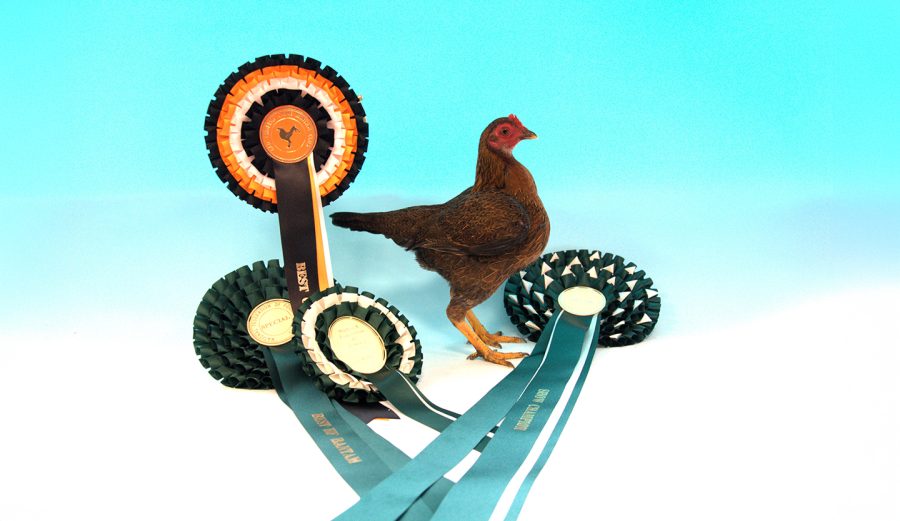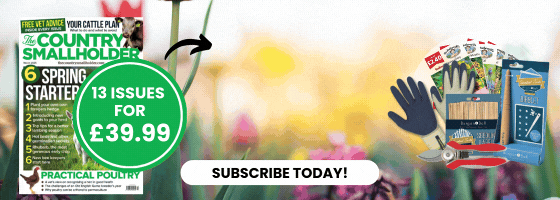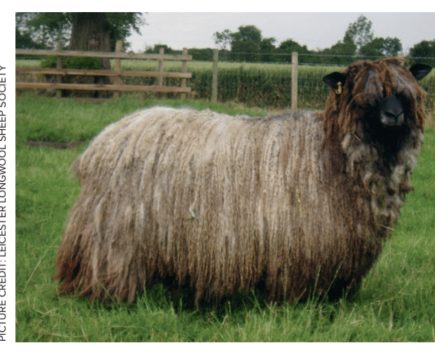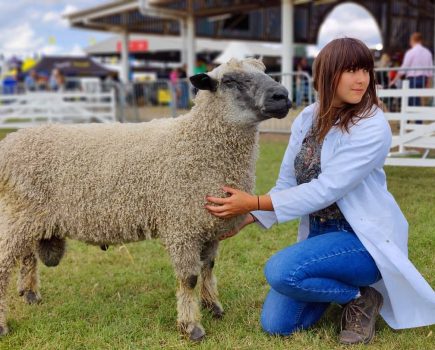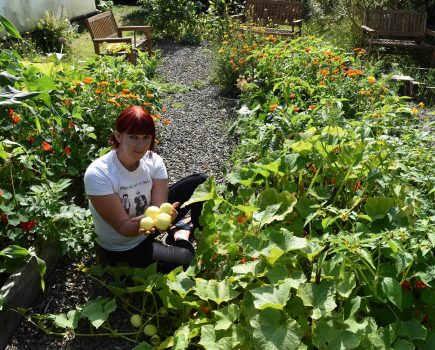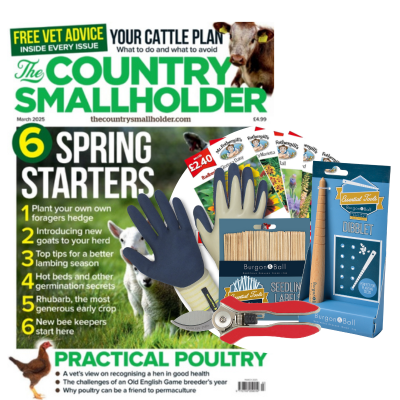Poultry expert and show photographer, Rupert Stephenson, shares his top tips on lighting, posing, and patience to help you get the perfect shot of your birds. He talks to Cara Wheeldon.
For over 27 years, 65-year-old Yard Supervisor, has been a familiar face behind the camera at poultry shows across the UK. For Rupert, the role of a poultry photographer was not one he expected to find himself in, but when the official show photographer at the National Poultry Show, in Stoneleigh, passed away, Rupert was asked to step in.
“I turned up to the show many years ago to the sad news that the official photographer, The Late Great John Tarren, had passed away, so I was asked if I could take over and do my best on the actual day,” recalls Rupert. “From there, it just became my bit for the Fancy.”
That moment set him on a decades-long journey of capturing some of the finest bantams across the country.Though he is semi-retired from large-scale show photography, Rupert still steps up to help when needed, offering his expertise to seasoned exhibitors and backyard keepers alike.
“I am also proud to be honoured as an honorary life member of the P.C.G.B,” says Rupert.
With bantam photography growing in popularity, more poultry keepers are looking to capture their birds in all their feathery glory, whether they are inside the show tent or roaming around their sunny gardens. So, whether you want a professional-style portrait of your champion Pekin or just a charming snapshot of your backyard Serama, Rupert’s wisdom offers invaluable guidance. Here is how to get started:
THE ART OF PHOTOGRAPHING BANTAMS
Bantams, being smaller than their large fowl counterparts, are particularly photogenic. Their compact size means they fit well in frames, and their unique personalities can shine through a well-taken image. However, getting the perfect shot is not always easy. Rupert emphasises that the key to a great photo starts at home.
“A well-trained bird is easier to photograph,” he explains. “A shy, timid, or frightened bird will not give you a great photo, so it is worth handling them regularly.”
Training your bantam to be comfortable in different environments can make a huge difference. If they are used to being gently placed on different surfaces and being around people, they will be much calmer when it comes to photography sessions. This applies whether you are taking casual shots in the garden or setting up a professional-style backdrop.
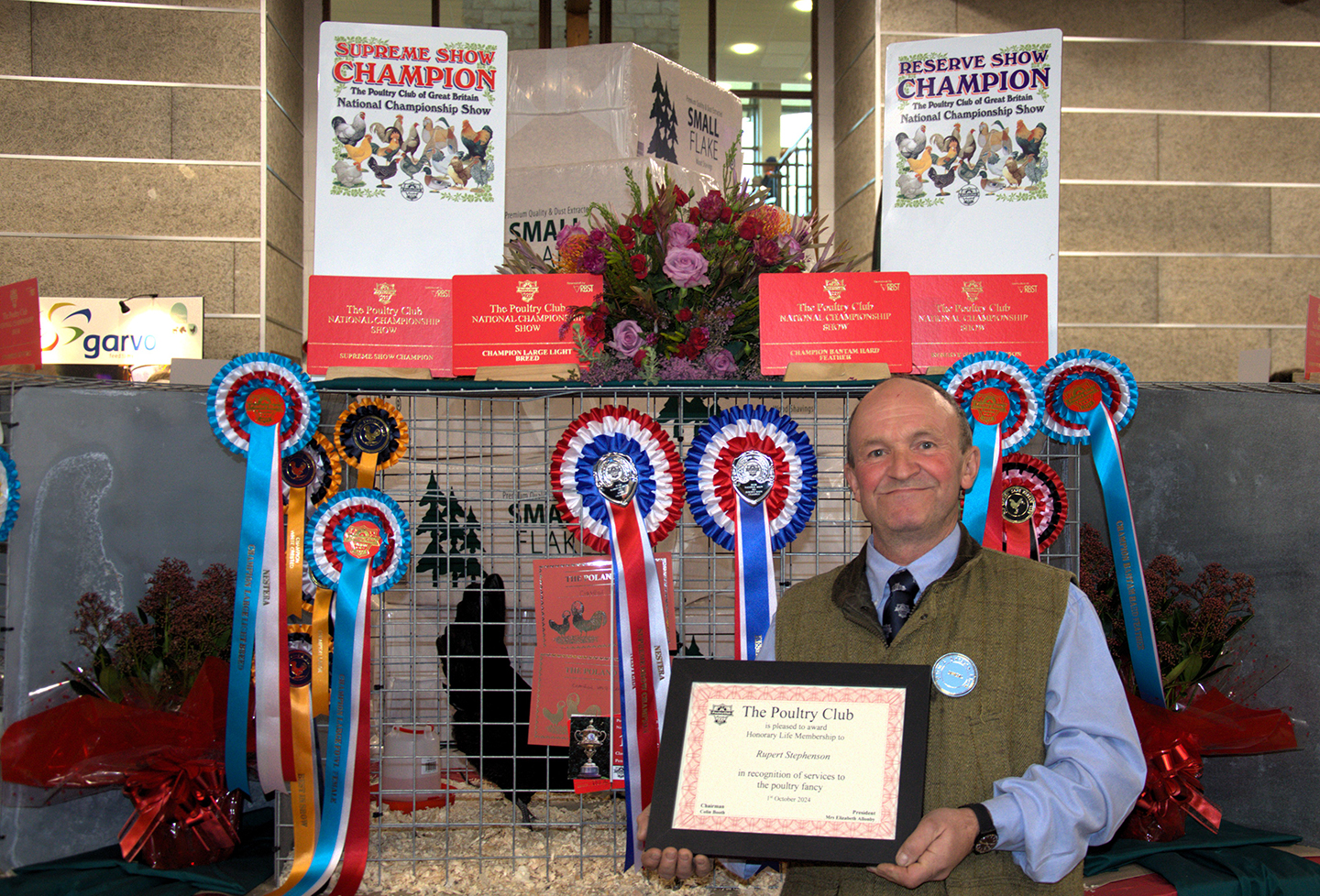
Rupert Stephenson is often found behind the camera at poultry shows
WHAT MAKES A GREAT SHOW PHOTO?
At poultry shows, birds are judged against strict breed standards, and the best show photographs should reflect these ideals.
“Each breed needs its angle,” Rupert explains.“A tall breed like an Old English Game needs to be shot from a lower perspective to emphasise its upright stance, while a Pekin should be at a 45-degree angle to show off its full, rounded shape.” Rupert stresses that lighting and patience are essential. “The biggest mistake people make is poking and prodding the bird too much. You need to let it settle.”
He also points out that cleanliness is crucial; dusty feathers or dirty feet can ruin an otherwise perfect image.
This article extract was taken from the May 2025 edition of The Country Smallholder. To read the article in full, you can buy the issue here.

